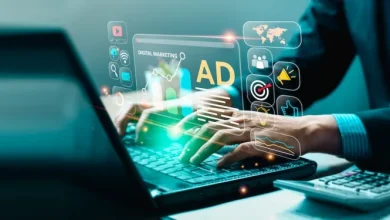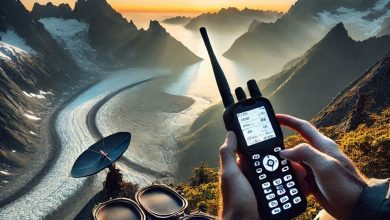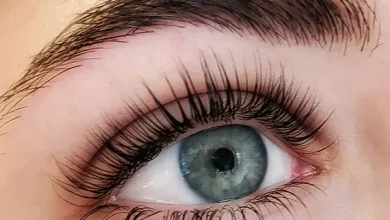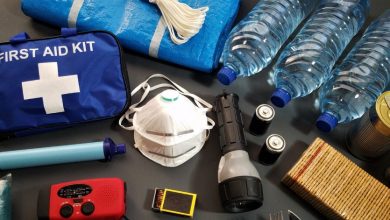How to Create Unique Full CGI and FOOH Content For Major Brands: An Interview With a Digital Artist Ilya Sigachev
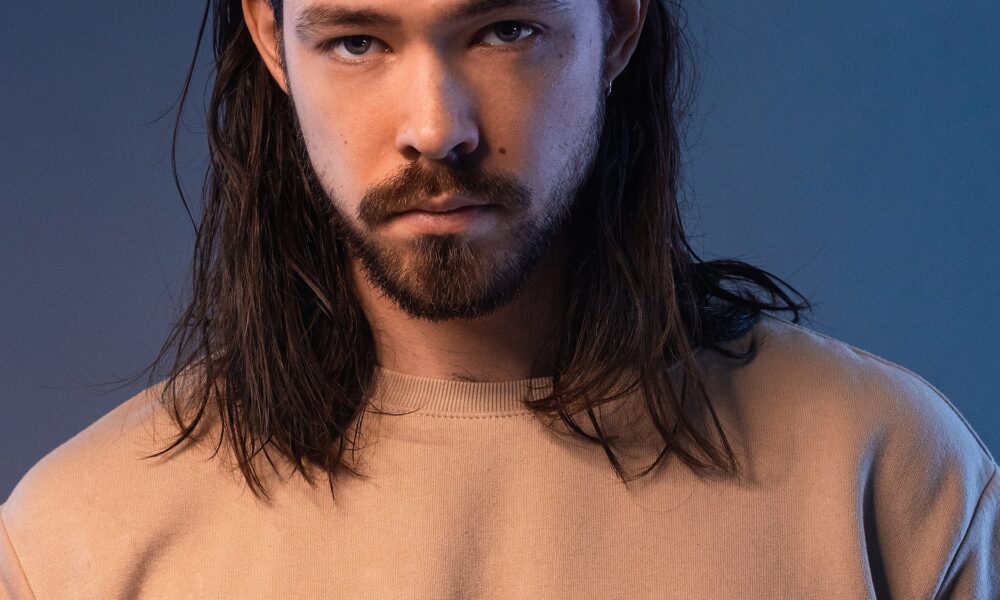
Ilya Sigachev has been in the digital art industry for over 15 years. He works with such major brands as ASUS, Jägermeister, Lenovo and many more. Ilya shared where he gets his inspiration from and what helps him find ideas for memorable projects.
Ilya, tell us about your current role.
I currently work as a freelancer, collaborating with various companies. Most often I take over a project completely – from idea to implementation. For example, I recently created a video for Caesars Palace in cooperation with Formula 1 in Las Vegas. This year the Formula 1 Grand Prix took place in Vegas, and Caesars Palace was one of the main partners of the event. The video was posted on their official Instagram profile. By the way, it was in Caesars Palace that the famous movie “The Hangover” was filmed.
Video: https://pin.it/7q1hr1i0F
Recently I used to work in the WHY.CGI agency as an art director and digital artist. There, my key objective was to create concepts for viral videos. The content had to collect millions of views and thus bring companies profit and new audience. Moreover, I monitored the quality of execution, suggested visual solutions and helped to achieve the intended result.

Ilya Sigachev
What tools do you use to create cutting-edge content for big brands?
I use Blender, DaVinci Resolve, Photoshop and Unreal Engine all the time. I also actively work with Runway, MidJourney and Stable Diffusion neural networks. With each update, they become more powerful and speed things up significantly. Then, I follow the updates and integrate new features into my work.
For example, Runway recently introduced the feature to pick a shot of smoke coming out or grass growing and generate it in a few minutes. The result looks like an expensive, realistic simulation that used to take people years to learn how to make.
What do you recall from working on viral videos for UFC, Coca-Cola and Saks Fifth Avenue?
Each of these projects required careful attention to detail – from conceptualization to implementation. The work showed that the use of modern technologies makes it possible to create content which is able to efficiently interact with the audience and increase brand recognition.
For the UFC, I oversaw video production for Fight Nights in Manchester, Paris, and other cities. For Coca-Cola’s partnership with the UEFA European Championship, I oversaw the development of a video featuring Toni Kroos, a popular footballer. I was also responsible for producing content for Saks Fifth Avenue, including the announcement of the opening of the Loewe store in New York.
I’m extremely proud to have my work featured in advertising campaigns for such major brands. These projects are an example of how Full CGI and FOOH can be used to create unique marketing solutions.
How did you start working with brands such as Asus, Jägermeister and Lenovo?
The cooperation with Asus started thanks to my YouTube channel, which I’ve been running for about ten years now. Then, I was posting backstages from shoots, sharing practical tips on Photoshop and compositing. The content was gaining popularity, and at some point ASUS contacted me as a creative professional.
Initially, I advertised their products aimed at creative professionals, but later our collaboration expanded to include the creation of video tutorials. After winning the ASUS ProArtist Awards, my work was published on ASUS global accounts as part of various creative projects.
With Jägermeister and Lenovo, the format is a bit different – there, I was invited to work on projects through the agency. These were collaborations where I created viral FOOH (Fake Out of Home) videos.
What challenges do you face in your work?
First, technical difficulties come up regularly. What used to work yesterday can suddenly malfunction today, for example, people may start going through walls or fabric doesn’t hang properly, but rather flies. In 90% of cases, projects are delayed because of such nuances.
Another challenge is finding a balance between the client’s wishes and effective ideas. Often, customers come up with their own approximate vision, which may not coincide with that of the artist. It can be difficult to prove that a concept based on experience may not work and that it is better to abandon it.
Another challenge is meeting tight deadlines. Clients can arrive at the last minute, for example, two weeks before the New Year. You have to quickly come up with ideas, coordinate and implement them in order to meet the deadline and ensure a good result. The intensive rhythm of work adds pressure – projects may appear one after another, and it is important not to lose track of productivity and creativity.
What are your inspirations?
I am inspired by the very process of implementing an idea that occurs to me. I have an image in mind and want to see what it will be like in reality.
I get my inspiration from literally everywhere. Honestly, I’m a big fan of comics, movies, and animated series such as Rick and Morty, Ninja Turtles, and Gravity Falls. Games inspire me too, although I don’t have much time to play them now. However, even the trailers are already helping to catch the right images.
And I don’t specifically look for ideas – I just consume content and capture the thoughts that strike me. I keep notes in my phone or notebook, regularly come back to them, reflect on them, and apply them to my work. This process has become my daily routine.
What principles do you follow in order to create top-notch content?
I begin every new project by structuring my ideas, as there are always many concepts, but it’s not always possible to implement everything immediately. First, I determine which tasks I can do on my own, and which are the ones I should delegate to other specialists (such as complex simulations, sound design or detailed animations). Personally, I love all processes from concept art to compositing and I try to work entirely on my own, but sometimes I do need to involve a team mainly because of dealing with tight deadlines.
After that, I create a detailed plan and break the project down into more manageable parts. There, I outline all the steps: equipment, locations, estimated budget. I focus on one specific step first and then move on to the next one. When a project has a clear sequence, each step becomes much more achievable and the work goes smoothly.
Lastly, this ritual also helps psychologically. If you regard a project as one big task, you can quickly burn out. My approach, on the contrary, allows you to track your progress and keep yourself motivated: you always know where you stand and where to go next.
What helps you come up with viral video ideas?
(I believe that you need to have a deep understanding of the audience while also looking for original approaches. Thus, I always tend to take the filming location into account – the more closely it fits in with the idea, the greater the effect. For example, for US Independence Day, I made a video with a truck driving around Las Vegas carrying huge fireworks. In total, the video gained 3.6 million views on social networks.

The U.S. Independence Day video statistics
Another key point in the process is surprise, as it attracts attention, evokes vivid emotions, and at the same time intensifies the desire to share the video. For instance, such an effect occurs in my video for Haval. It starts with an ordinary plot: a hand with a toy car appears in the frame. Suddenly, when the car is hit with fingers, it flies away from the impact and turns into a real car straight away.

FOOH video preparation process for Haval
Success also requires simplicity: the viewer has only a few seconds to grasp the idea, so clarity and clear visuals come first.
Finally, for commercial videos, it is essential that the brand is not shown directly, but through metaphors and unique visual techniques. I believe that it’s important to adapt the video for social media, where users can share it, helping the idea to “infect” a wider audience.

